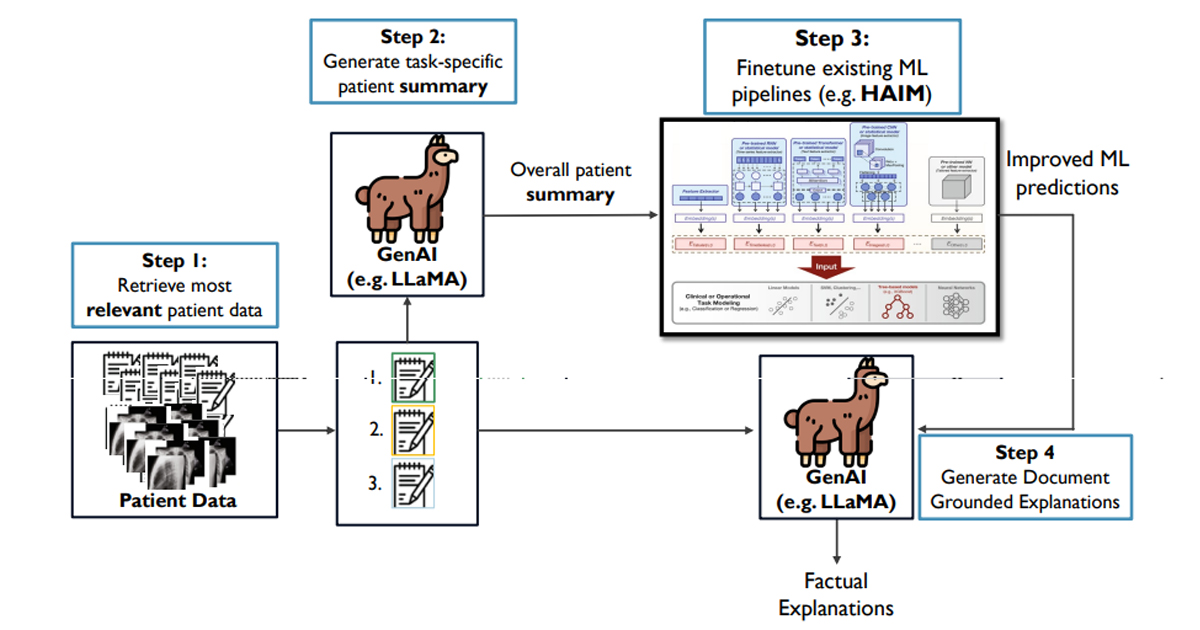El Journal of the American Medical Informatics Association, elaboró un ensayo donde ubica los retos y posibles fallas a las que están expuestas los sistemas de Digital Health por medio de sus aplicaciones y software interactivos que proporcionan información para el cuidado y monitoreo de la salud de los usuarios.
The Digital Health utiliza las nuevas Tecnologías de la Información y la Comunicación (TIC) para fortalecer los servicios de salud pública y mejorar la calidad de los resultados al ser más rápidos y precisos.

De este modo, las aplicaciones móviles utilizadas en dispositivos electrónicos portátiles permiten al paciente poder tomar el control de su estado de salud, su cuidado y monitoreo constante sin la necesidad de gastar tiempo y dinero acudiendo periódicamente al médico.
Los software integrados en las apps, permiten arrojar datos e información de los signos vitales, de sus hábitos, su peso, además de guías, asesorías, consejos y consultas a distancia a través de la telemedicine.
Es por eso, que la regulación de estás plataformas digitales tienen que pasar por un análisis de diseño y calidad que asegure el buen funcionamiento en pro de la comodidad y seguridad del usuario.
El siguiente reporte seleccionó varias fuentes y muestras de datos para identificar posibles riesgos y consecuencias negativas que podrían afectar el uso de estos sistemas tales como:
- Daño potencial o real a un consumidor: cuando la información pueda proporcionar datos incorrectos que provoquen problemas graves en la salud de la persona.
- Una secuencia detenida o interrumpida: el usuario puede reconocer las fallas en el funcionamiento del dispositivo y decidir mejor prescindir de él.
- Consecuencia notable, pero sin daño: por ejemplo, cuando la aplicación se tarde en responder y dar resultado.
- Sin consecuencia notable: no hay una afección directa, simplemente al cliente no le gustó la forma de funcionar o el diseño del software.
- Evento o circunstancia peligrosa: cuando aún no hay daño directo, pero existe riesgo de sufrirlo al proporcionar información incompleta de lo solicitado.







